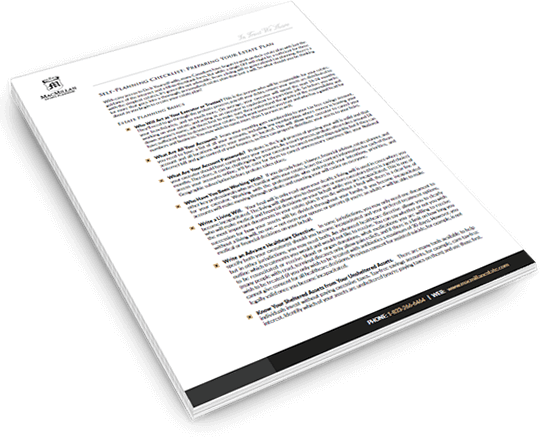
Making a charitable donation as part of an estate plan is an admirable way to make a lasting social impact, as well as an effective way to lower your tax expense.
Normally, up to 75% of a taxpayer’s net income can be claimed as eligible charitable donations. In the year of death, up to 100% of your net income can be claimed.
Under certain circumstances, the donation tax credit for these donations can be claimed by the surviving spouse instead of by the deceased taxpayer, against up to 75% of the surviving spouse’s net income.
This creates a substantial tax saving opportunity, while also allowing the donor to support their charity of choice, or begin a legacy by creating a charity or bursary program.
If the donation is substantial enough to eliminate all taxes owing in the year of death, there is also an option to carry the credits back, up to one year, creating additional tax savings.
When donating to a charity there are two options, and the best option will depend on your specific situation. The types of donations that exist are:
Cash Donations – This is the most common method for donating, but does not always optimize the tax benefit for the donor, nor the donation for the charity.
In-Kind Donations – In-kind donations include donations of property or services, in which no remuneration was received. This can include personal property, shares of a private or public company, life insurance, etc. It may be more beneficial to donate property rather than selling it and donating the proceeds.
For more information about making a charitable donation or creating an estate plan please register for a complimentary consultation, or ask one of our experts a question.
Client Challenge: To both minimize tax owed and create a legacy upon passing.
Creative Solution: Our client decided that she would like to set up a bursary to aid deserving students in their post-secondary studies. However, unlike the conditions of most bursaries, her bursary was quite unique. Although never at the top of her class, our client had worked hard during her studies. She felt that average students were too often overlooked and under-appreciated in the academic world. In order to remedy this, we helped her create a bursary that financially awarded only those hardworking students with a GPA between 65-80%.

The headline and subheader tells us what you're offering, and the form header closes the deal. Over here you can explain why your offer is so great it's worth filling out a form for.
Remember:


Suite 444, 7150 East Camelback Road
Scottsdale Arizona 85251
United States
Phone: 1-833-266-6464
621 - 22nd Avenue SW
Calgary, Alberta T2S OH7
Canada
Phone: 1-833-266-6464
21 St. Augstines Court
Lynton Road
London, SE1 5DP
United Kingdom
Phone: 1-833-266-6464
1021 West Hastings Street - 9th floor
Vancouver, BC, V6E 0C3
Canada
Phone: 1-833-266-6464